These high-gravity objects come in more flavours than you might expect
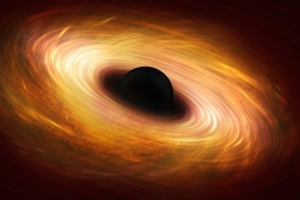 Deep Space
Deep Space

 Deep Space
Deep Space
These high-gravity objects come in more flavours than you might expect
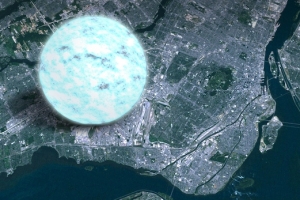 Deep Space
Deep Space
We investigate why this is the case
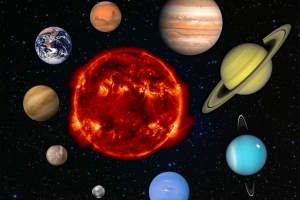 Solar System
Solar System
Out of the eight planets, from Mercury to Neptune, on which of these would you weigh the least?
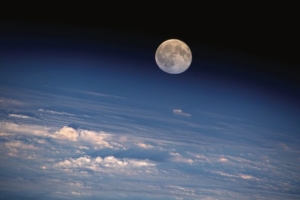 Solar System
Solar System
If the Moon was to make an approach to Earth, at what point would its material begin to be stripped?
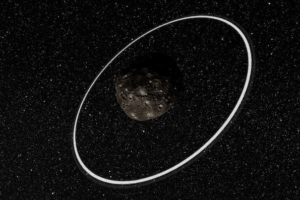 Solar System
Solar System
Asteroid Chariklo and dwarf planet Haumea have managed to form and maintain their own rings
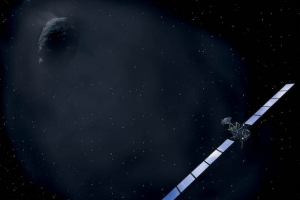 Space Exploration
Space Exploration
Sophie Allan at the National Space Centre looks at whether astronauts can land on the surface of comets – our Solar System’s travelling space snowballs
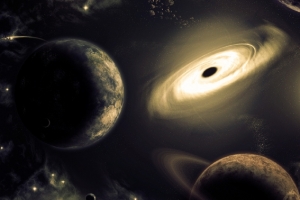 Solar System
Solar System
Hint: it doesn’t end well for Earth…
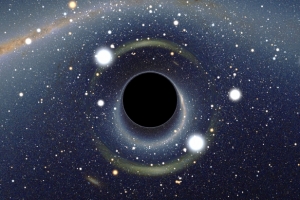 Deep Space
Deep Space
What do we know about these rather intense gravitational regions?
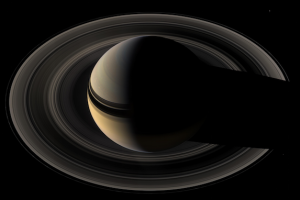 Solar System
Solar System
We find out how Saturn is able to hold onto its stunning rings
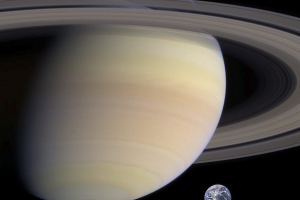 Solar System
Solar System
Hint: it doesn’t end well for our planet
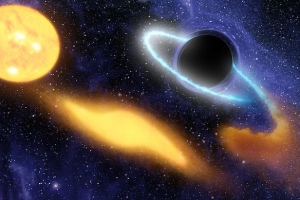 Deep Space
Deep Space
Is there a limit to how much these exotic objects can consume?
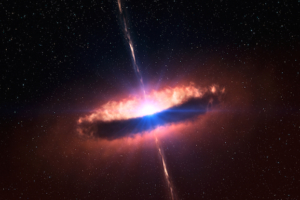 Deep Space
Deep Space
Using the Sloan Digital Sky Survey (SDSS), the first map of the large-scale structure of the universe has been created – based entirely on the positions of quasars
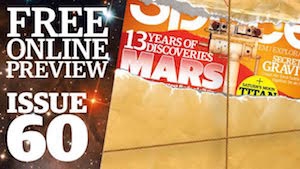 News
News
We head to Mars to celebrate the Opportunity rover’s greatest discoveries of all time in the latest issue – out now!
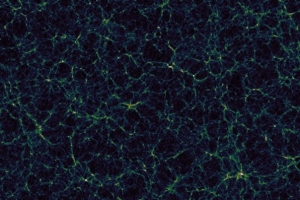 News
News
Researchers looking for new ways to probe the nature of the universe have adopted a new strategy: looking at what’s not there
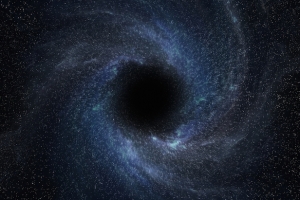 News
News
A recent study suggests that matter might in fact survive its foray into these space objects and come out the other side
 News
News
“It is a bit like twisting a spoon in honey”
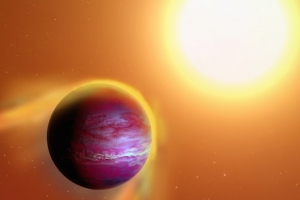 News
News
Astronomers searching for the galaxy’s youngest planets have found compelling evidence for one unlike any other
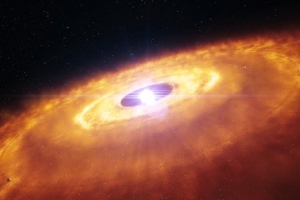 News
News
Moving features within the dusty disc surrounding young star AU Microscopii have been discovered
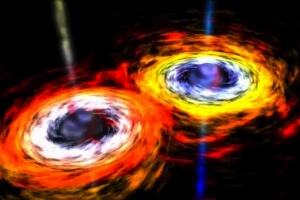 News
News
Two space telescopes have provided the most compelling confirmation yet for a collision between two black holes
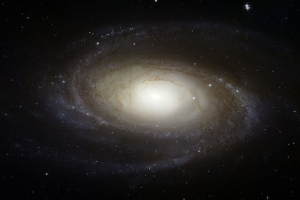 News
News
The insatiable appetite of a spiral galaxy brings us a step closer in understanding how our galaxy was made